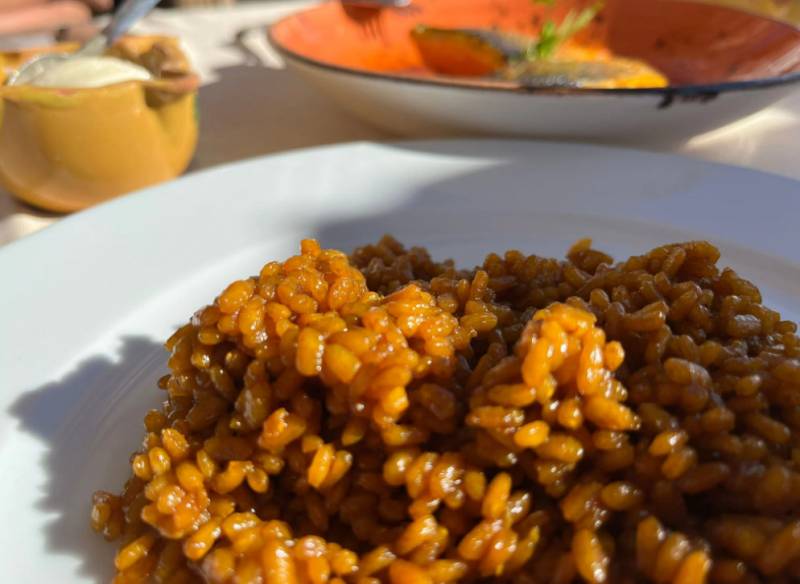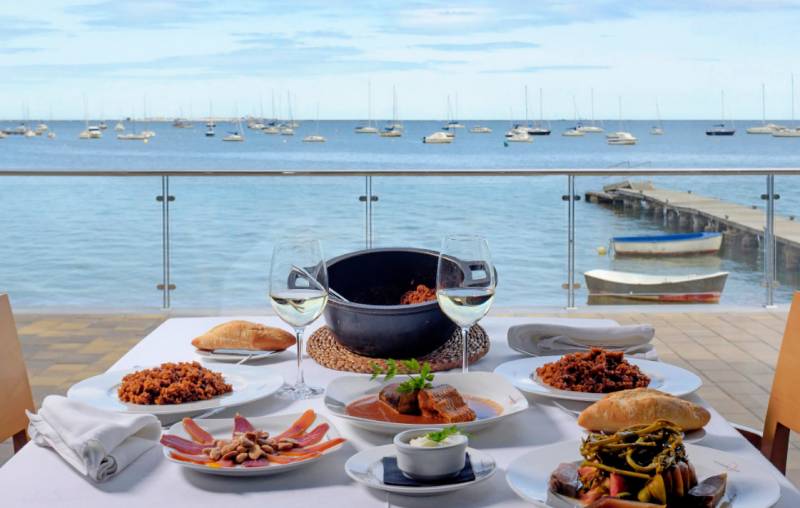- Region
- Águilas
- Alhama de Murcia
- Jumilla
- Lorca
- Los Alcázares
- Mazarrón
- San Javier
-
ALL AREAS & TOWNS
- AREAS
- SOUTH WEST
- MAR MENOR
- MURCIA CITY & CENTRAL
- NORTH & NORTH WEST
- TOWNS
- Abanilla
- Abarán
- Aguilas
- Alamillo
- Alcantarilla
- Aledo
- Alhama de Murcia
- Archena
- Balsicas
- Blanca
- Bolnuevo
- Bullas
- Cañadas del Romero
- Cabo de Palos
- Calasparra
- Camping Bolnuevo
- Campo De Ricote
- Camposol
- Canada De La Lena
- Caravaca de la Cruz
- Cartagena
- Cehegin
- Ceuti
- Cieza
- Condado de Alhama
- Corvera
- Costa Cálida
- Cuevas De Almanzora
- Cuevas de Reyllo
- El Carmoli
- El Mojon
- El Molino (Puerto Lumbreras)
- El Pareton / Cantareros
- El Raso
- El Valle Golf Resort
- Fortuna
- Fuente Alamo
- Hacienda del Alamo Golf Resort
- Hacienda Riquelme Golf Resort
- Isla Plana
- Islas Menores & Mar de Cristal
- Jumilla
- La Azohia
- La Charca
- La Manga Club
- La Manga del Mar Menor
- La Pinilla
- La Puebla
- La Torre
- La Torre Golf Resort
- La Unión
- Las Palas
- Las Ramblas
- Las Ramblas Golf
- Las Torres de Cotillas
- Leiva
- Librilla
- Lo Pagan
- Lo Santiago
- Lorca
- Lorquí
- Los Alcázares
- Los Balcones
- Los Belones
- Los Canovas
- Los Nietos
- Los Perez (Tallante)
- Los Urrutias
- Los Ventorrillos
- Mar De Cristal
- Mar Menor
- Mar Menor Golf Resort
- Mazarrón
- Mazarrón Country Club
- Molina de Segura
- Moratalla
- Mula
- Murcia City
- Murcia Property
- Pareton
- Peraleja Golf Resort
- Perin
- Pilar de la Horadada
- Pinar de Campoverde
- Pinoso
- Playa Honda
- Playa Honda / Playa Paraíso
- Pliego
- Portmán
- Pozo Estrecho
- Puerto de Mazarrón
- Puerto Lumbreras
- Puntas De Calnegre
- Region of Murcia
- Ricote
- Roda
- Roldan
- Roldan and Lo Ferro
- San Javier
- San Pedro del Pinatar
- Santiago de la Ribera
- Sierra Espuña
- Sucina
- Tallante
- Terrazas de la Torre Golf Resort
- Torre Pacheco
- Totana
- What's On Weekly Bulletin
- Yecla


- EDITIONS:
 Spanish News Today
Spanish News Today
 Alicante Today
Alicante Today
 Andalucia Today
Andalucia Today
Caldero, the chief culinary speciality of Cabo de Palos and the Mar Menor
One of the most iconic dishes of the Costa Cálida shows that expensive ingredients are not needed to create an unforgettable sensation for the taste buds!
 No visit to the Costa Cálida is complete without sampling the local cuisine, which is promoted under the slogan “Los 1.001 sabores de la Región de Murcia” (The 1,001 flavours of the Region of Murcia) and which features a wide range of fish, seafood, vegetable, rice and meat dishes to delight all palates.
No visit to the Costa Cálida is complete without sampling the local cuisine, which is promoted under the slogan “Los 1.001 sabores de la Región de Murcia” (The 1,001 flavours of the Region of Murcia) and which features a wide range of fish, seafood, vegetable, rice and meat dishes to delight all palates.
Given the geographical location, though, it is no surprise that it is within the field of fish and seafood that Murcia arguably excels more than any other, and one of the most popular specialities is the “caldero” of Cabo de Palos and the Mar Menor. This dish is proof if it were needed that iconic flagship dishes need not contain expensive or rare ingredients, and that in some cases the taste relies simply on the quality of the ingredients and the manner in which they are prepared.
The regional tourist board of Murcia has published the recommendations of chef Sergio de la Orden, of El Mosqui in Cabo de Palos, on how to enjoy the perfect caldero, underlining just how simple this delicious treat really is!
In simple terms, caldero consists of rice cooked in a broth made using fish and the “ñora” peppers which are such a common feature of Murcia’s cuisine, and is perfect for replenishing the batteries after a hard morning on the beach or out at sea. It is usually served on two plates, one for the rice and the other for the fish, which is separated from the broth, both accompanied by garlic mayonnaise.
The dish has its roots in the practices of local fishermen in the past, when they were determined to make the most of the whole of their catch. The less valuable fish would be separated out to create food for themselves and their families, along with peppers, parsley and tomato, but over time this “secondary” dish gained favour among other locals and visitors to the area.
 Many restaurants have made their own innovations (including some with noodles rather than rice) but at El Mosqui the caldero remains as it always has been since the restaurant was opened by Sergio’s grandparents, Pepe and Visitación, in 1952. Sergio uses rice from Calasparra in the north-west of the Region of Murcia (the first rice in the world to be awarded Denomination of Origin status), fresh shallow water fish and a sautéed sofrito made of ñoras, pepper, garlic and parsley.
Many restaurants have made their own innovations (including some with noodles rather than rice) but at El Mosqui the caldero remains as it always has been since the restaurant was opened by Sergio’s grandparents, Pepe and Visitación, in 1952. Sergio uses rice from Calasparra in the north-west of the Region of Murcia (the first rice in the world to be awarded Denomination of Origin status), fresh shallow water fish and a sautéed sofrito made of ñoras, pepper, garlic and parsley.
Nowadays he prefers to use more highly valued fish, such as bream, mullet and the species known locally as “gallineta” and “lecha”, and one of his “tricks of the trade” is to fry one piece of fish before putting the other ingredients in the pan. Similarly, he sautées the rice for two minutes in the same oil before adding the broth, which he maintains improves the texture of the dish.
It may be simple, but the best caldero takes 90 minutes to prepare, he adds, explaining that the broth should be boiling over a hot flame when the rice is added. After that, 15 minutes’ cooking time are needed, followed by just two minutes to let the rice settle.
With caldero as the main course, for a starter Sergio recommends the local “hueva” de mujol (cured roe) and a tomato from the “Huerta”, accompanied by a cold beer: a good white wine is the perfect way to wash down the caldero itself!
Not tried it yet? Give the caldero of the Mar Menor a go this summer, you won’t regret it!
Images: El Mosqui










































